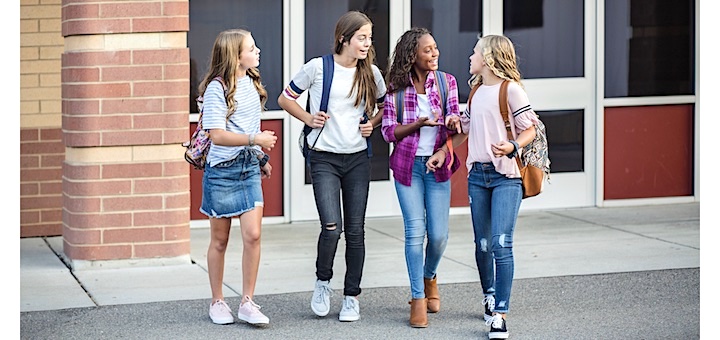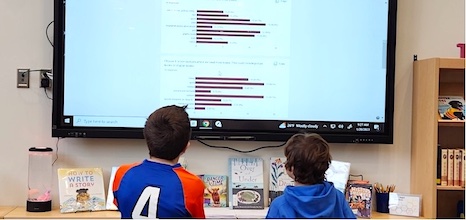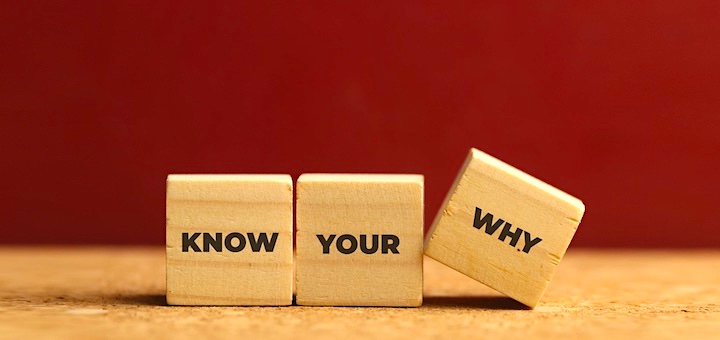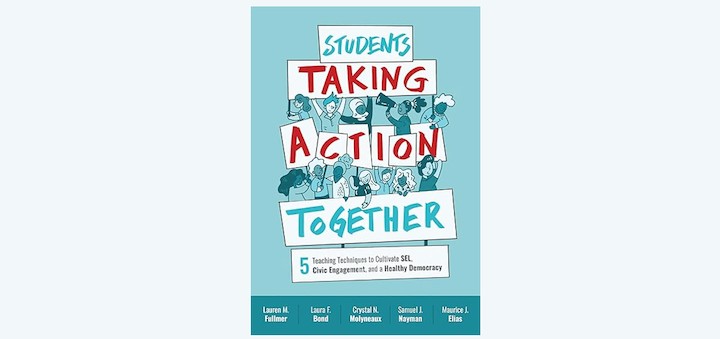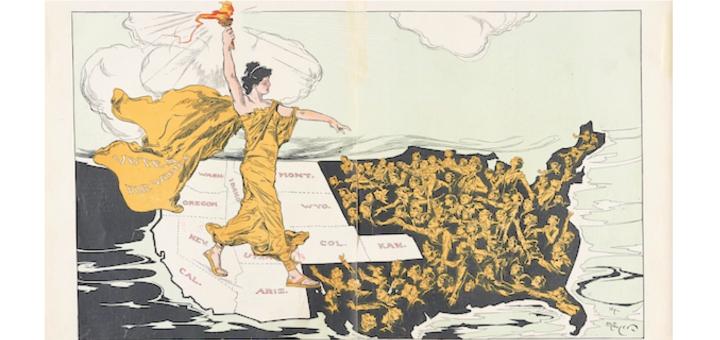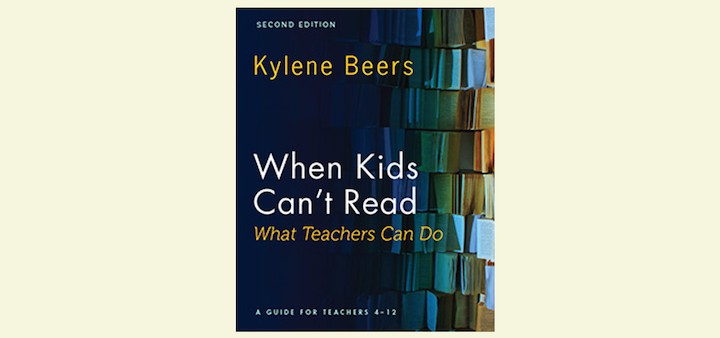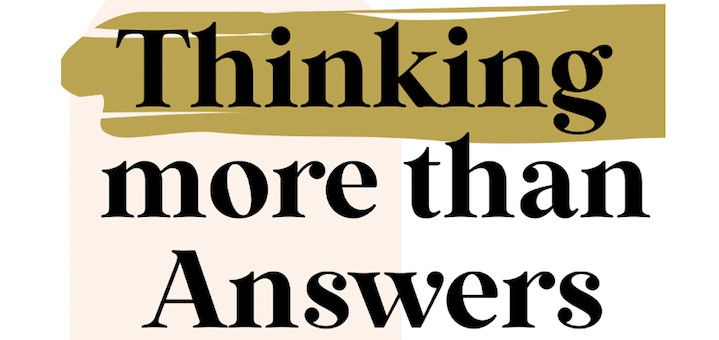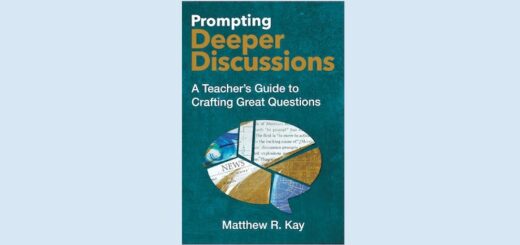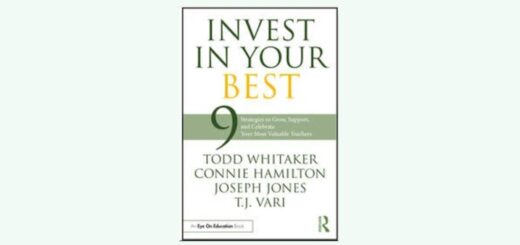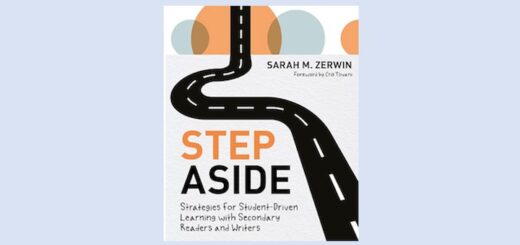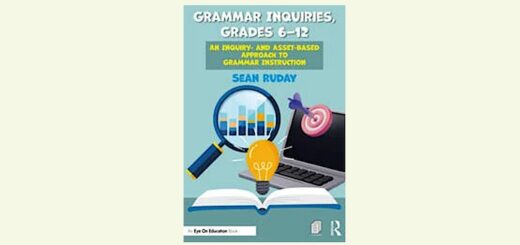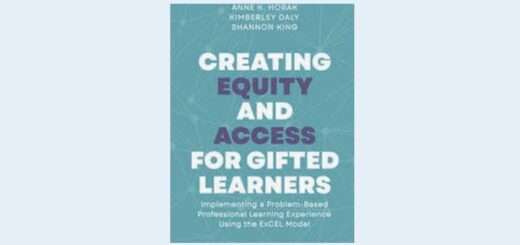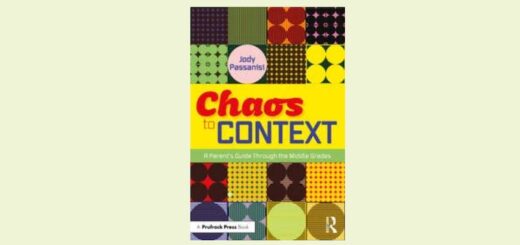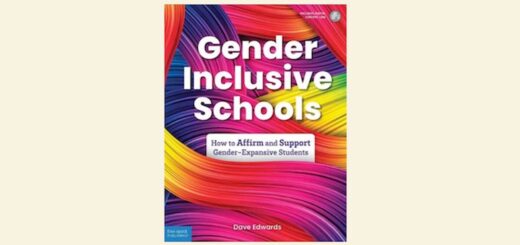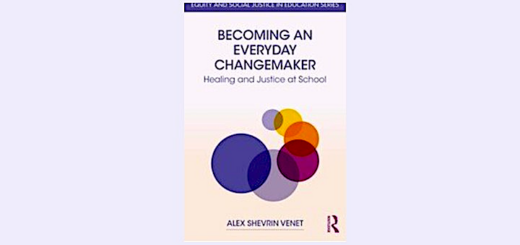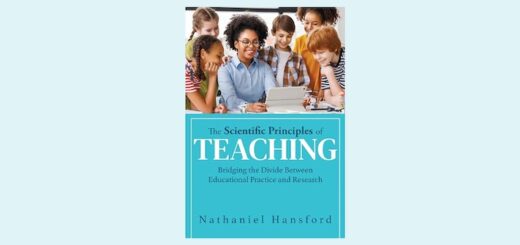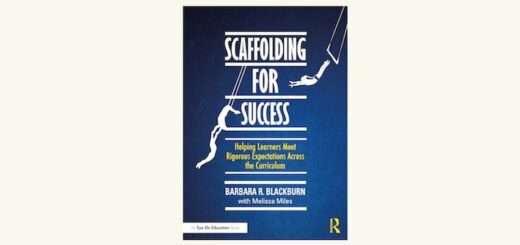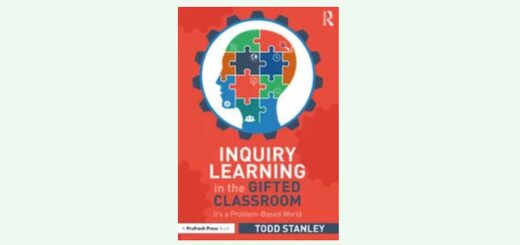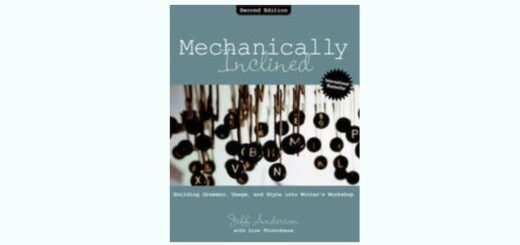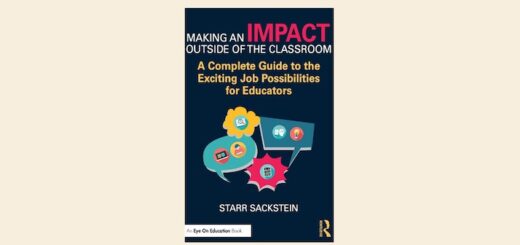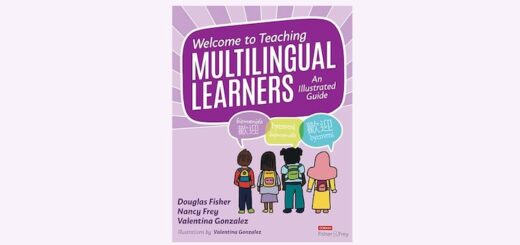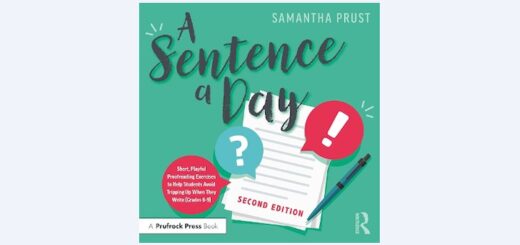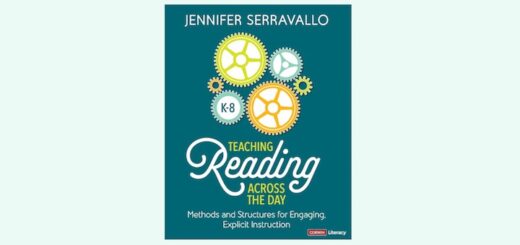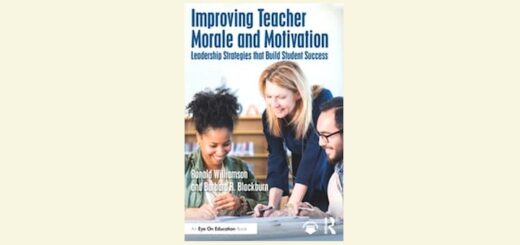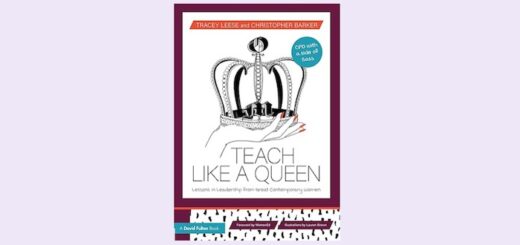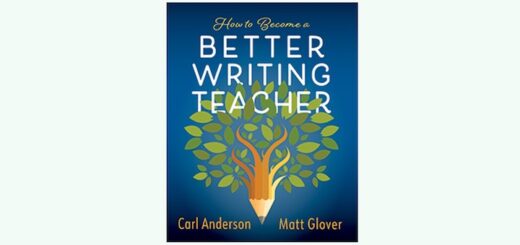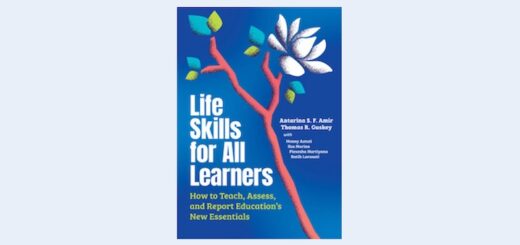Teaching and learning in grades 4-8
After 20+ years of teaching, Dina Strasser has found one thing almost never fails to connect with adolescents: the positive reaction you get when you genuinely compliment a kid on their appearance. Check out the strategy she’s developed to help reap smiles and build rapport.
As she describes some ways she’s begun to work fun, ethical AI components into major assignments, Sarah Cooper wonders how the nature of learning and teaching will evolve in tandem with the evolution of Large Language Models. How do we best prepare our students for the future?
If schools are always being “held” accountable, asks leadership coach and veteran principal Matt Renwick, how will students ever learn to “be” accountable? When do they get to make important choices that affect others and themselves? Three shifts can change the paradigm.
It took Stephanie Farley 21 years to solve the student self-assessment equation. The solution? Teaching students to explain their thinking as they revise and improve. The result was transformational; they gained confidence in their work and were far less anxious about grades.
Students Taking Action Together goes deep into five techniques to cultivate civic engagement and a healthy democracy. The strategies – Norms, Yes-No-Maybe, Respectful Debate, Audience Communication, and PLAN – work across content areas, writes Katie Durkin. Highly recommended.
Jennifer Bogard and Lisa Donovan share ways to humanize social studies and bolster student engagement with history by pairing Library of Congress primary sources and arts-integration strategies. Try their lesson plans for altered text, soundscapes, and sketching to observe.
As she works on a grant proposal to fund an update of her classroom furniture, Kathleen Palmieri shares what she’s learned from researching how students benefit from flexible learning environments, including boosts in creativity, engagement, collaboration, focus and achievement.
Classrooms that teach a broad range of close reading skills are not only rich with texts but host a wide range of types of texts, from traditional to digital to hyperlinked to hybrid, writes ELA teacher Jason DeHart. Critical student thinking needs to occur in all these spaces.
Literacy coach Pam Hamilton finds lots to like in Kylene Beers’ latest version of When Kids Can’t Read – What Teachers Can Do. The second edition keeps some of her favorite features from the original and adds many new kid-tested ideas to help teachers reach all their students.
Mona Iehl’s students were shocked when she first asked them to grapple with math problems BEFORE they received instruction. Then, to her surprise, “they got out the blocks, and drew pictures, and tried!” Her trust in productive struggle grew as she saw their confidence increase.

